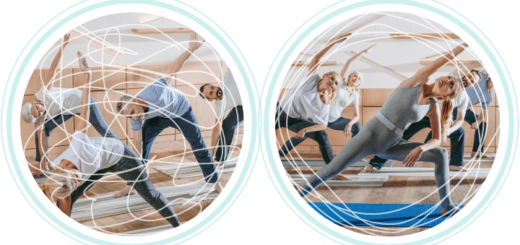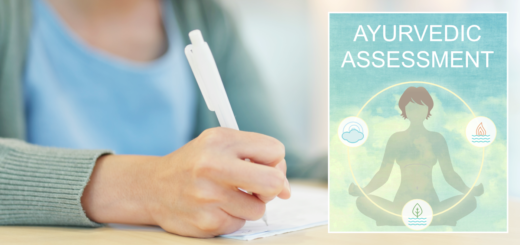How the Four Characters view the body and what it means for your yoga students
0Last week, I read an article about a 45-year-old Silicon Valley millionaire who is determined to reverse the aging process in each one of his organs and revert them to the state of an 18-year-old. Apparently, this takes a team of 30 doctors and 2 million dollars per year. The lengths that he is willing to go to are truly remarkable. He follows a strict daily protocol for food consumption (precisely 1,977 calories per day), exercise (same routine at the same time), hygiene (elaborate teeth cleaning and skin care procedures), and routines (constant measuring of his vitals), plus endless “promising” medicines and therapies. The article states: “There’s a regimen and series of measurements for every last part of Johnson’s body.”
While we can debate the merits of his self-experiments, it is interesting to look at it through the lens of the Four Brain Characters. Jill Bolte Taylor, the neuroscientist and author of Whole Brain Living: the Anatomy of Choice and the Four Characters that Drive Our Life, uses the image of Four Characters to describe specific clusters of cells within our brains that process the same incoming information but react to it in very different ways. The Characters have distinctive personalities and their own ideas about the life and body of their owner.
In the example above, Mr. Johnson has turned his body into a laboratory for the single purpose of trying to make himself younger. This is an example of someone’s Character 1 going rogue. He is committing all his efforts, time, and resources to this single goal. The level of discipline required to lead this kind of lifestyle is extraordinary. But willpower can only take you so far. This type of routine can only be maintained if you also get some enjoyment from experimenting on your body with all the new and shiny modern technology, which is the territory of Character 3. For Mr. Johnson, his Character 1 and Character 3 have teamed up to manifest his vision.
Today, let’s take a look at how the Four Characters view the body in their unique ways. We have all Four Characters within us, but we often let one of them run the show. Understanding who is in the driver’s seat can give us invaluable insights into approaching different types of yoga students.
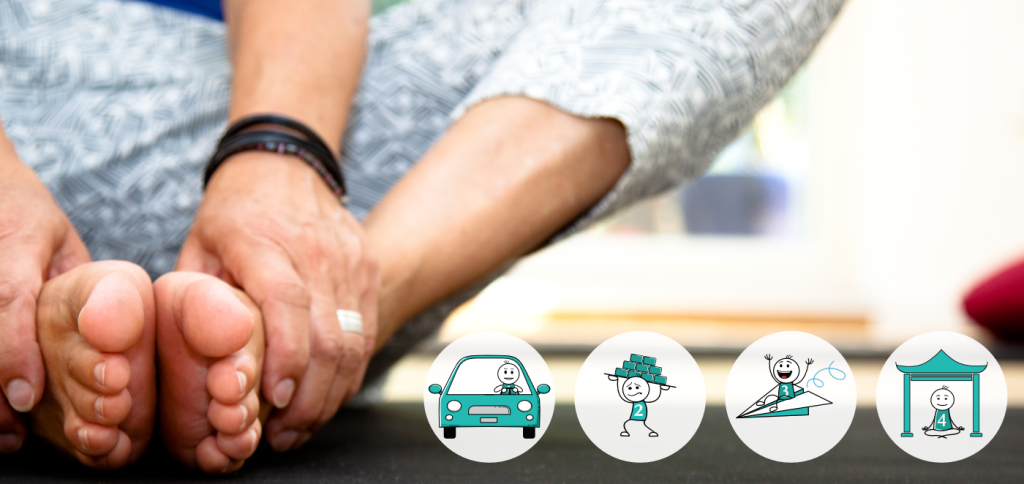
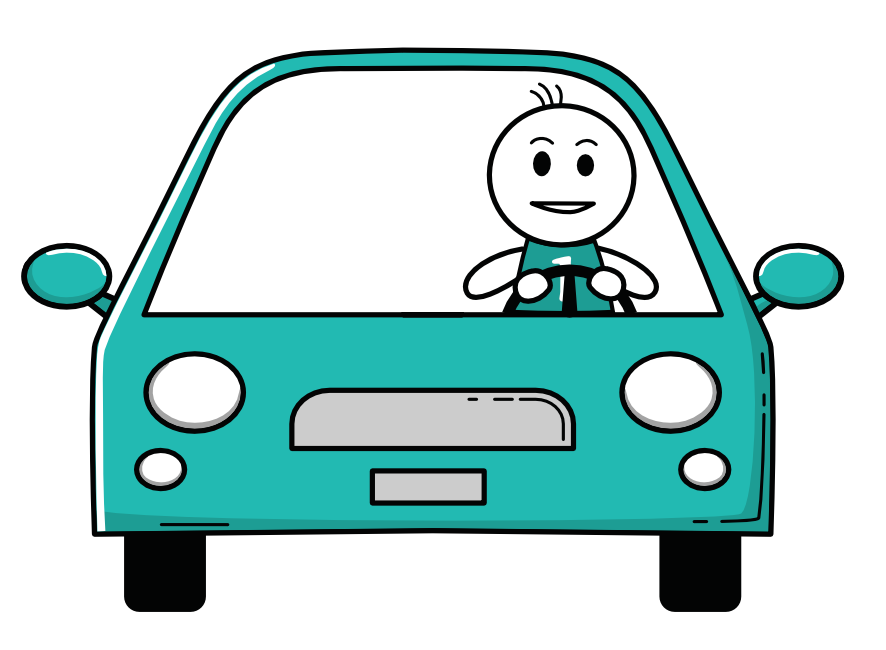 Character 1s see the body as a vehicle that will enable them to do what they want to do and accomplish what they want to accomplish. They believe in ongoing body maintenance and regular health check-ups. They take responsibility for their health and do not offload it on their doctor or yoga teacher. They want to know the strategies with a proven record of working in a situation like theirs and will use the same strategies until they see the results. They will lift weights at the gym, run on the treadmill, follow a meal plan, go to a yoga class, and do whatever needs to be done. They keep track of how their body feels, and because of that, they have good self-awareness. They are also concerned with their appearance, so they are motivated to stay fit and look good.
Character 1s see the body as a vehicle that will enable them to do what they want to do and accomplish what they want to accomplish. They believe in ongoing body maintenance and regular health check-ups. They take responsibility for their health and do not offload it on their doctor or yoga teacher. They want to know the strategies with a proven record of working in a situation like theirs and will use the same strategies until they see the results. They will lift weights at the gym, run on the treadmill, follow a meal plan, go to a yoga class, and do whatever needs to be done. They keep track of how their body feels, and because of that, they have good self-awareness. They are also concerned with their appearance, so they are motivated to stay fit and look good.
Character 1s often begin their yoga journey by wanting to perfect their physical form, but over time might become interested in the energy- and mind-management aspects of yoga, as well. They want results. If Character 1 comes to see you for a one-on-one session, it’s because they’ve determined that you have the necessary experience working with a condition/situation like theirs. They will want to know what has fixed a similar problem for your other clients and will need a specific protocol to follow. This type of person will question you on how long to hold each pose, how often to do the practice, and when to expect results. Character 1s usually don’t do things halfway; they will stick with their practice for as long as they feel it’s continuing to improve their bodies and lives.
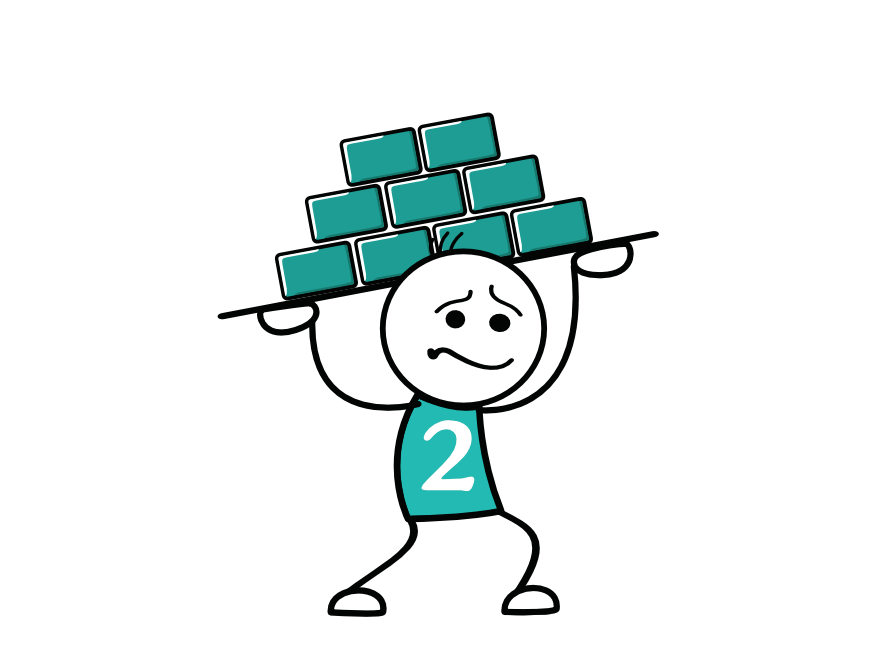 Character 2s see the body as a burdensome responsibility. They have little body awareness and constantly expect things to go wrong. They can either exaggerate the slightest unfamiliar sensation in the body to the level of a life-threatening disease or fall into denial and refuse to accept that anything is wrong. Character 2s like to share their woes with anybody who will listen. They might start an exercise or yoga program because they were motivated or guilted into one, but they are likely to quit as soon as it becomes uncomfortable. Then they will come up with a multitude of reasons why it was a bad idea for them to do it in the first place.
Character 2s see the body as a burdensome responsibility. They have little body awareness and constantly expect things to go wrong. They can either exaggerate the slightest unfamiliar sensation in the body to the level of a life-threatening disease or fall into denial and refuse to accept that anything is wrong. Character 2s like to share their woes with anybody who will listen. They might start an exercise or yoga program because they were motivated or guilted into one, but they are likely to quit as soon as it becomes uncomfortable. Then they will come up with a multitude of reasons why it was a bad idea for them to do it in the first place.
If Character 2 comes to yoga, they were probably dragged there by somebody else or briefly motivated to address some problem. The fact that they made it to your studio at all is already a huge step because anything unfamiliar is terrifying to them. They are worried about everything – Will they be the least fit person in the class? Will it be too hard? Will they be singled out or neglected? Are they wearing the right clothes? In the private yoga session, they will be thrilled to discover that you are interested in hearing about all their body issues. It is often hard to transition Character 2s from talking about their problems to doing something about them, especially if it appears to be challenging. Character 2s will want to make you responsible for their progress while they will do as little as possible. They will find a million excuses not to do homework assignments and will bail as soon as things get uncomfortable.
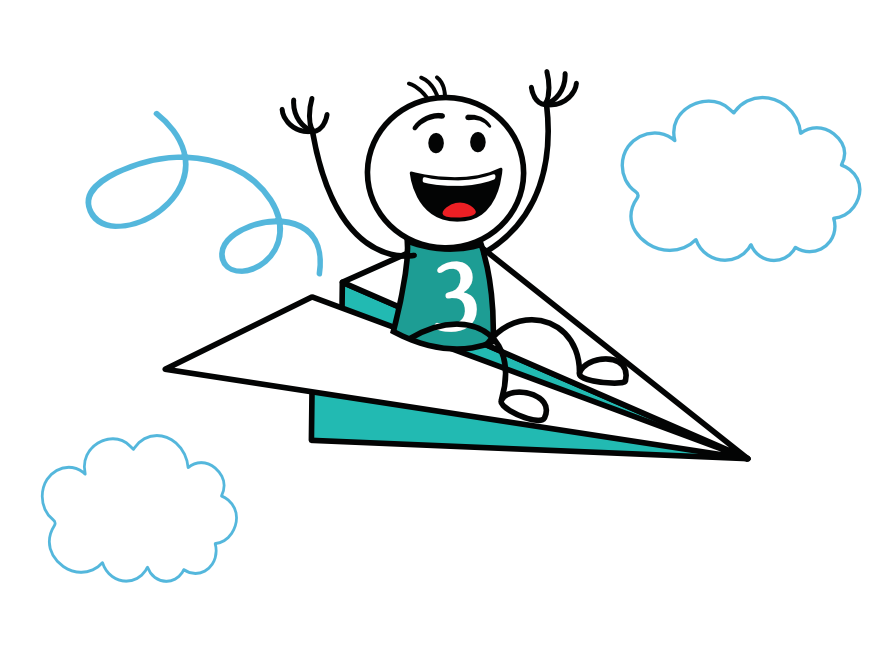 Character 3s see the body as a toy. They are amazed at all the things the body can do and want to push it to the limit. Exercising is a great way to pass the time for Character 3s, and they prefer to do it the “natural way” – go for a hike, run outdoors, build a tree house, rather than go to the gym. Character 3s have deep body awareness and want to keep improving their strength/capacity/vitality/performance because it’s fun. They get bored quickly; that’s why they like cool new medical advances, uncommon exercise routines, and unusual yoga practices.
Character 3s see the body as a toy. They are amazed at all the things the body can do and want to push it to the limit. Exercising is a great way to pass the time for Character 3s, and they prefer to do it the “natural way” – go for a hike, run outdoors, build a tree house, rather than go to the gym. Character 3s have deep body awareness and want to keep improving their strength/capacity/vitality/performance because it’s fun. They get bored quickly; that’s why they like cool new medical advances, uncommon exercise routines, and unusual yoga practices.
Character 3s will come to yoga because they want to learn how to do a Handstand or a Scorpion pose. They are fascinated by the pictures of bendy yogis on Instagram and want to see how they can get there. They also might want to use yoga to prepare for their other endeavors, like skiing Black diamond slopes or climbing Kilimanjaro. The slow and steady movement will get boring for Character 3s real quick, so if you do something subtle, you will need to link it to some curious and fascinating internal discoveries. They will be particularly thrilled if you tell them some interesting facts about the body or link their awareness to how their actions make them feel (as in, “If I move my arm and my head this way a few times, I will feel a release in neck tension – wow!”)
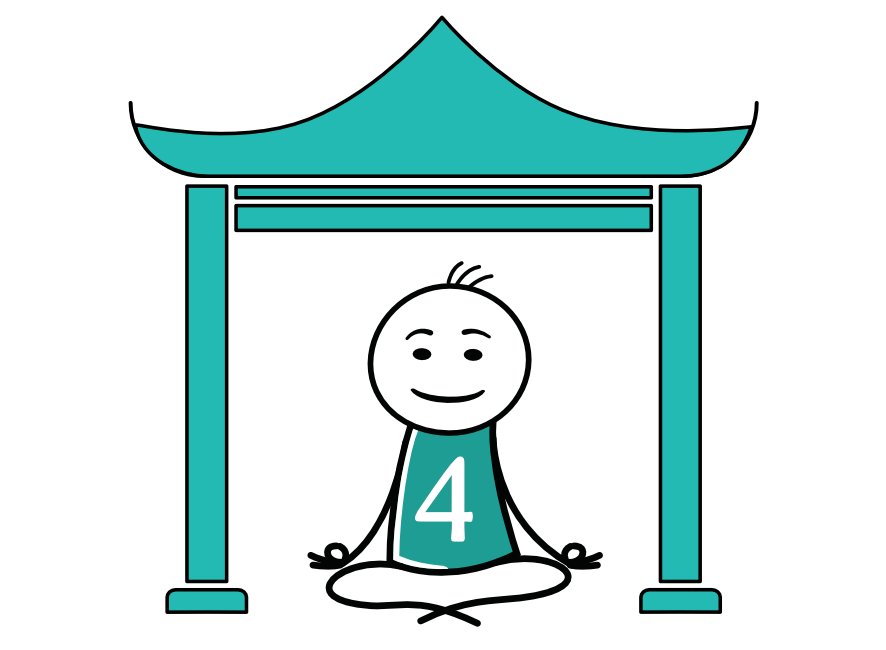 Character 4s see the body as a temple of the soul. They are interested in attending to their mind/body/spirit wellness, and regular self-care is a way to do it. They are open to all healing modalities and will likely have a favorite acupuncturist, naturopath, massage therapist, and yoga teacher. Character 4s care about what they put into the body, so they prefer organic and natural foods. They are attuned to their body on the level of energy and replenish it by nature walks. They try to incorporate movement and stretching into their day to keep the body limber and energy flowing smoothly.
Character 4s see the body as a temple of the soul. They are interested in attending to their mind/body/spirit wellness, and regular self-care is a way to do it. They are open to all healing modalities and will likely have a favorite acupuncturist, naturopath, massage therapist, and yoga teacher. Character 4s care about what they put into the body, so they prefer organic and natural foods. They are attuned to their body on the level of energy and replenish it by nature walks. They try to incorporate movement and stretching into their day to keep the body limber and energy flowing smoothly.
Yoga classes and private sessions are a natural fit for Character 4s. They are more attracted to meaningful and potent yoga classes that embrace the body rather than those that challenge it. Bootcamp-style classes are not a good fit for Character 4s. They are open to all kinds of yogic techniques, including intricate breathing practices, long meditations, chanting, bandhas, and others. Character 4s use yoga to gain a better understanding of their body, energy, mind, and soul. They embrace introspection and like to feel “in the flow.”
A stereotypical yoga teacher is often portrayed and perceived as Character 4-dominant. While it is true that Character 4-dominant personalities might be naturally drawn to yoga and become teachers, at the same time, all kinds of people become yoga teachers for all sorts of reasons. Ultimately, it is not important what the teacher’s dominant character is but whether a yoga teacher /therapist is able to connect to their own Character 4 and empower their students to do the same. This is the sign of a truly effective teacher. It is particularly important when the student is dealing with some kind of issue, physical or psychological. Next time we will discuss how the Four Characters react when things go wrong and how we can use yoga to help them through – tune in!
[jetpack_subscription_form]
REGISTRATION IS NOW OPEN FOR OUR FIRST BOOK CLUB MEETING!
(you must be a Sequence Wiz member to attend. Start your free 14-day trial now >)
 Join us virtually on Friday, February 17, 2023, at 1 pm ET / 10 am PT
Join us virtually on Friday, February 17, 2023, at 1 pm ET / 10 am PT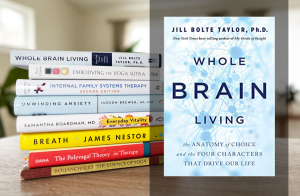 You can also join our new community group dedicated to discussing new and interesting nonfiction books about the inner workings of the body and mind. Right now, you can share whatever thoughts pop up as you make your way through the Whole Brain Living book. We are looking forward to hearing your insights! JOIN THE GROUP >
You can also join our new community group dedicated to discussing new and interesting nonfiction books about the inner workings of the body and mind. Right now, you can share whatever thoughts pop up as you make your way through the Whole Brain Living book. We are looking forward to hearing your insights! JOIN THE GROUP >
References
-
Whole Brain Living: The Anatomy of Choice and the Four Characters That Drive Our Life by Jill Bolte Taylor (affiliate link)

